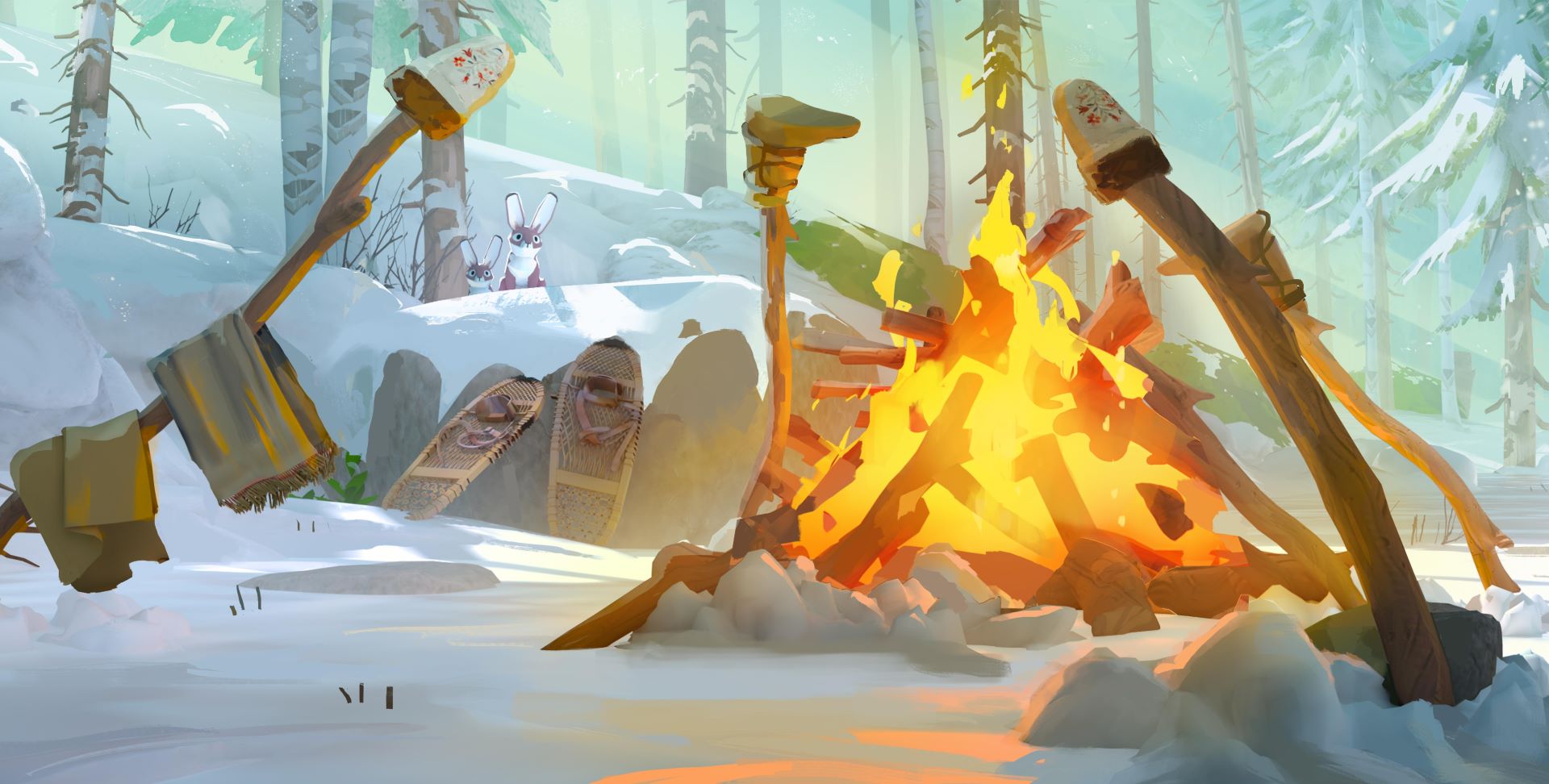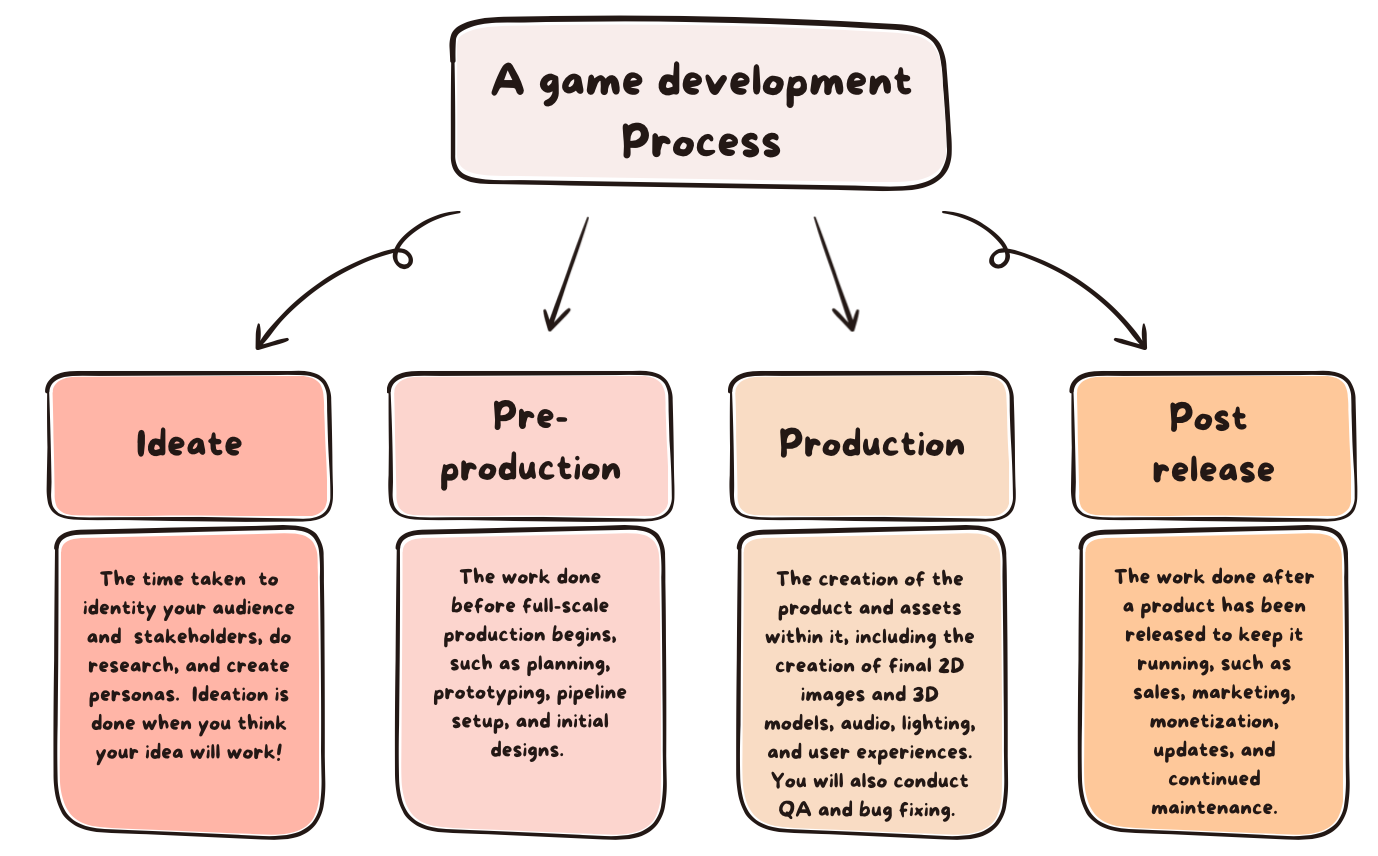
A game development process
Tutorial
·
Beginner
·
+10XP
·
5 mins
·
(11)
Unity Technologies

Learn about a game development process that can be a good starting point for designing your own process to fit the needs and resources of your particular project.
1. Introduction
Making a video game is an endeavor of surprisingly high complexity, and as such, having a process by which you tackle the various phases of development is a very good idea. What follows is a suggestion of one type of process for creating your game for impact. Variations on this process have been effective for both entertainment games and games for impact in the past, and the methods described here are a good starting point for designing your own process to fit the needs and resources of your particular project.
2. Development occurs in phases
One of the easiest “rookie mistakes” to make in game development is to just dive into building your game and decide to keep working on it until it’s done. In reality, there are different phases of game development that have quite different needs, different vibes, and require different types of organization. The phases described here represent a framework that has worked at a variety of different scales:
- Ideation
- Pre-production
- Production
- Post release

- Ideation - The time taken to identity your audience and stakeholders, do research, and create personas. Ideation is done when you think your idea will work!
- Pre-production - The work done before full-scale production begins, such as planning, prototyping, pipeline setup, and initial designs.
- Production - The creation of the product and assets within it, including the creation of final 2D images and 3D models, audio, lighting, and user experiences. You will also conduct QA and bug fixing.
- Post release - The work done after a product has been released to keep it running, such as sales, marketing, monetization, updates, and continued maintenance.
Each team (and each project) will develop its own practices based on the needs of the project and the personalities and habits of the group, but this is a good way to frame your process.
3. What's next
Next you will dive deeper into each stage of the game development process.